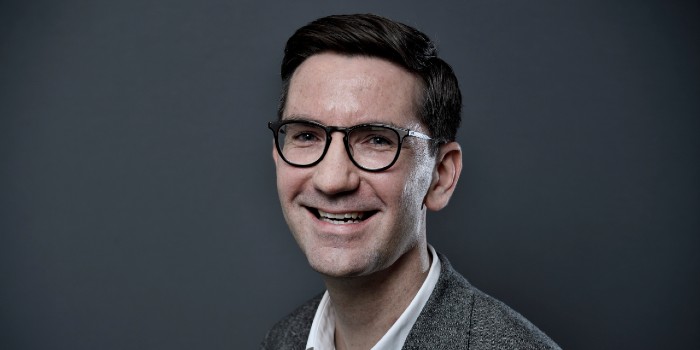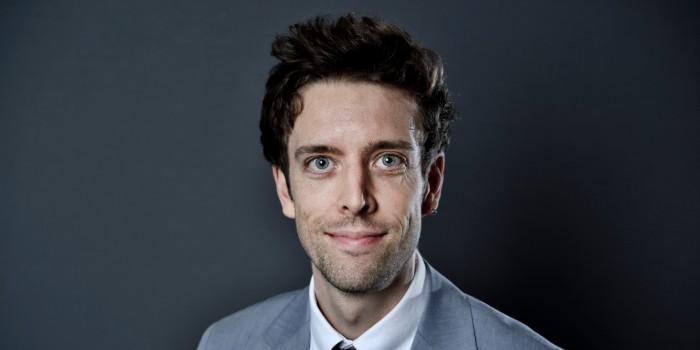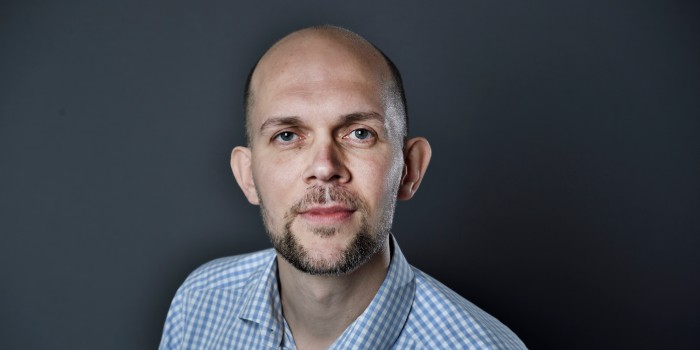As part of the Independent Research Fund Denmark’s Sapere Aude program, the foundation awards grants totalling DKK 208 million. to 35 excellent "Sapere Aude Research Leaders". They are given the opportunity to pursue research ideas at a high international level and to lead their research team and conduct research at a high international level with significance for the future. Three of the younger researchers are from DTU.
"Danish research is broadly strengthened from the humanities to technical science. With the Sapere Aude grants, the Independent Research Fund Denmark, has secured the most talented talents a new path to play with risk-free money in the back, which helps to renew Danish research and create the foundation for future excellence centres. and strategic initiatives based on new research leaders and ideas that add important knowledge to urgent societal problems," says Chairman of the Board David Dreyer Lassen.
The Independent Research Fund Denmark has offered the instrument since 2010 with funding of 258 younger research leaders to date, several of whom have started a career as managers of larger centre grants. Read more in the press release from the Independent Research Fund Denmark (in Danish).
The three scientists from DTU are:

Associate Professor Kaare Hartvig Jensen from DTU Physics receives DKK 6,2 M for the project Controlling flow through soft intercellular channels (SOFTCELL).
Project description: Cells are physically separate from their surroundings, yet remain coherent with their neighbors and able to exchange specific sets of molecules. Previous research has shown that the junctions which facilitate transport between cells exhibit remarkable flow control features, a process which is currently believed to be energized and tightly regulated. However, passive physical flow control increasingly appears to be a fundamental mechanism for cell-cell transport.
Consistent with this concept, transport has been shown to exhibit a strong mechanical stress dependence, a hallmark of soft matter interactions. The key hypothesis of this proposal is that complex fluid flow control patterns can be encoded in material properties of soft matter systems. We will combine experiments on microfluidic devicess and plant model systems with low- Reynolds-number flow and elasticity theory to elucidate the behavior of cell networks linked by soft junctions.

Assistant Professor Edmund John Railton Kelleher from DTU Fotonik receives DKK 6,2 M for the project Ultrafast terahertz spectroscopy and cold-field emission from low-dimensional materials enabled by gas-filled fibre nonlinear optics (ULTRA-LOWD)
Project description: ULTRA-LOWD will explore the development of a new table-top light source utilising gas-filled hollow-core fibre that will enable us to track the evolution of elementary excitations in low-dimensional materials using pump-probe and ultimately photoelectron spectroscopies. For example, we will be able to observe and optically control the modulation of the bandgap in semiconducting thin-films on ultrafast time-scales and generate single-burst electron bunches, accelerated to record-high energies for an optically driven system.
This will have a significant impact on advancing the field of ultrafast laser science, while enriching our understanding of electron interactions in an important class of material system for next-generation semiconducting devices, moving us closer to an era of high-speed THz electronics. Finally, this project lays foundations on the path to momentum-resolved measurements of electron dynamics in low-dimensional materials using THz pumped photoelectron spectroscopy.

Senior Researcher Andreas Tue Ingemann Jensen from DTU Nutech recieves DKK 6,2 M for the project Nanocarrier delivery of 125I-UdR for Auger radiotherapy of glioblastoma
Project description: Glioblastoma multiforme (GBM) is a highly aggressive, universally fatal brain tumor, for which no efficient treatments exist. The compound [125I]iododeoxyuridine (125I-UdR) was recently shown to be highly effective against GBM in rats, even curing animals in some cases. 125I-UdR kills cancer cells by inserting into the DNA and emitting a burst of highly destructive Auger electrons. When tested in pigs however, 125I-UdR rapidly washed out of the brain, due to the larger brain size.
This ruled out translation to humans. In this project, we will develop nanocarrier systems for delivering 125I-UdR againt GBM. Such systems can distribute and be retained efficiently by convection enhancded delivery (CED) in brain tissue, solving the problem of wash-out. In addition, we will design systems for releasing free and unmodified 125I-UdR after distribution in the brain. This is because the uptake of 125I-UdR into DNA is enzymatic. With this, we will develop a new therapy and potential cure for GBM.
(Photos: Independent Research Fund Denmark).
- Independent Research Fund Denmark funds specific research activities within all scientific areas that are based on the researchers' own initiatives and that improve the quality and internationalisation of Danish research.
- Sapere Aude research leaders are particularly talented younger researchers, who are capable of leading more participants in a research project at a high international level.